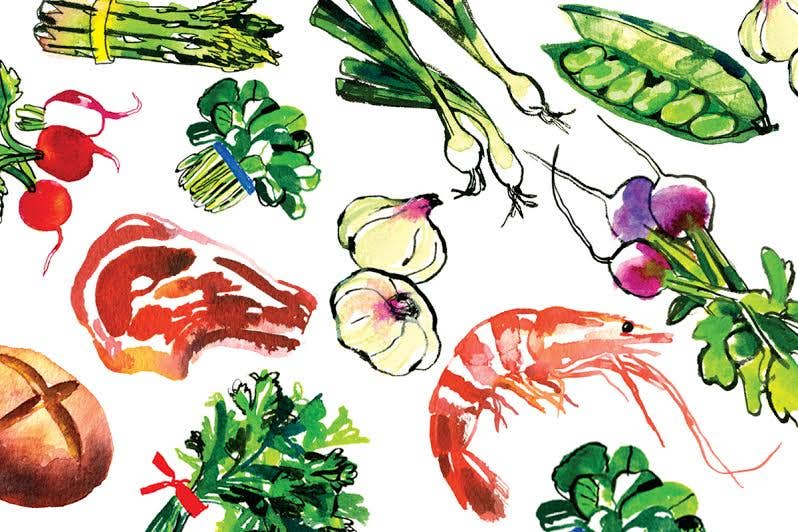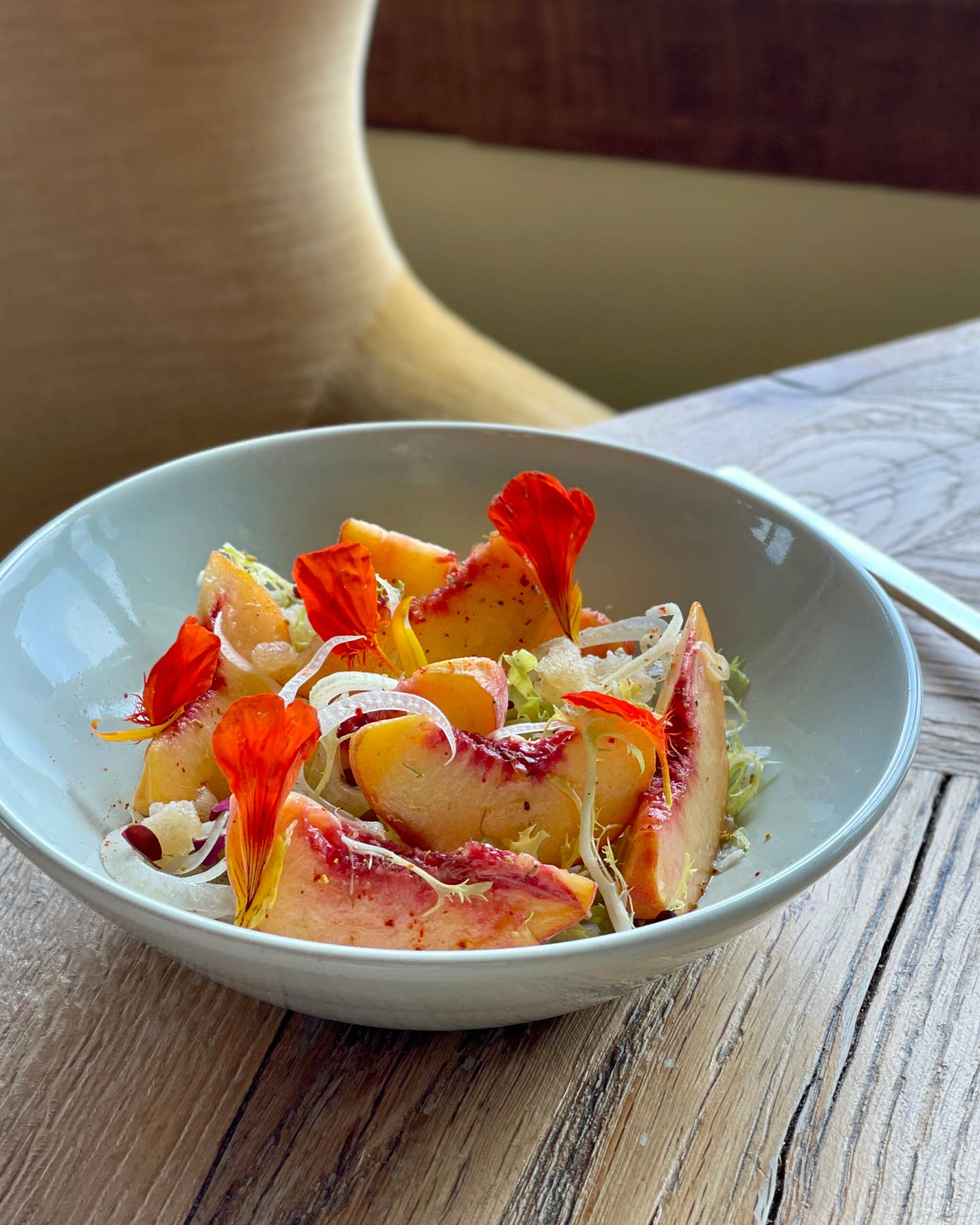
Rice Wine 101
Years ago I learned to avoid supermarket-variety wine labeled "cooking", as it's typically laden with salt and of very poor quality. But I'd never exercised the same discretion with Chinese rice wine, a key ingredient in many Chinese dishes, including drunken chicken** (poached chicken soaked overnight in rice wine), a Shanghai classic. As Grace Young, a SAVEUR consulting editor and expert in Chinese cooking, walked me through the recipe for chef Jereme Leung's version of that dish (Chilled Drunken Chicken with Rice Wine Granita**), she offered a few cautionary words. "Buy your rice wine at a Chinese liquor store," she said. "The kind available at Asian supermarkets tends to be harsh and unpleasant. It's always best to cook with a wine you'd actually want to drink."
One sip of supermarket rice wine proved Grace's point and prompted me to wonder why I hadn't accorded rice wine the same reverence I do European ingredients like balsamic vinegar and extra-virgin olive oil. I asked Grace to take me down to Mark's Wine & Spirits, a 70-year-old shop in Manhattan's Chinatown, for a much needed rice wine tutorial.
Peter Woo, a longtime employee, now semiretired, welcomed us into the store. Leading us among the shelves and pointing out some out of his favorite brands—including Wuliangye, from a producer in Sichuan that boasts 600-year-old cellars, and Kweichow Moutai, from Guizhou, a favorite among Chinese diplomats—Woo told us that what we call rice wine isn't really wine at all, and it's not made exclusively from rice. It's actually a liquor, he said, distilled from different combinations of fermented rice, sorghum, millet, wheat, and corn.
When it came time to taste, Woo said we would be trying shaoxing jiu, a well-known variety named for the city in the eastern province of Zhejiang where it's produced. Also called yellow wine because of its color, shaoxing jiu is brewed from spring water, rice, glutinous rice, yeast, and often millet and is then aged in earthenware jars for sometimes as long 20 years. While all the varieties we tasted bore a resemblance to sherry, they also displayed a surprising complexity and range. A delightful discovery, and long overdue.
Keep Reading
Continue to Next Story










